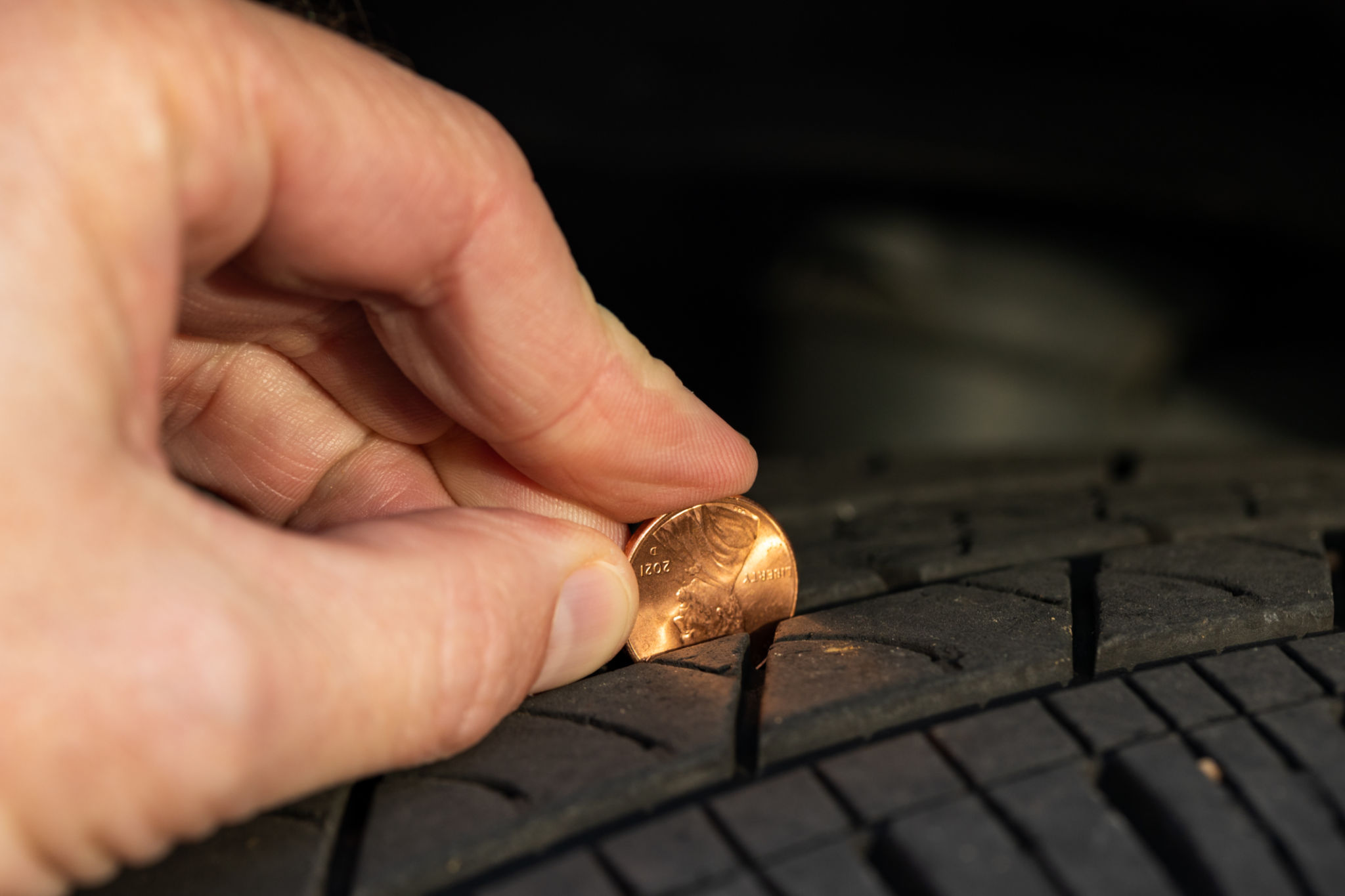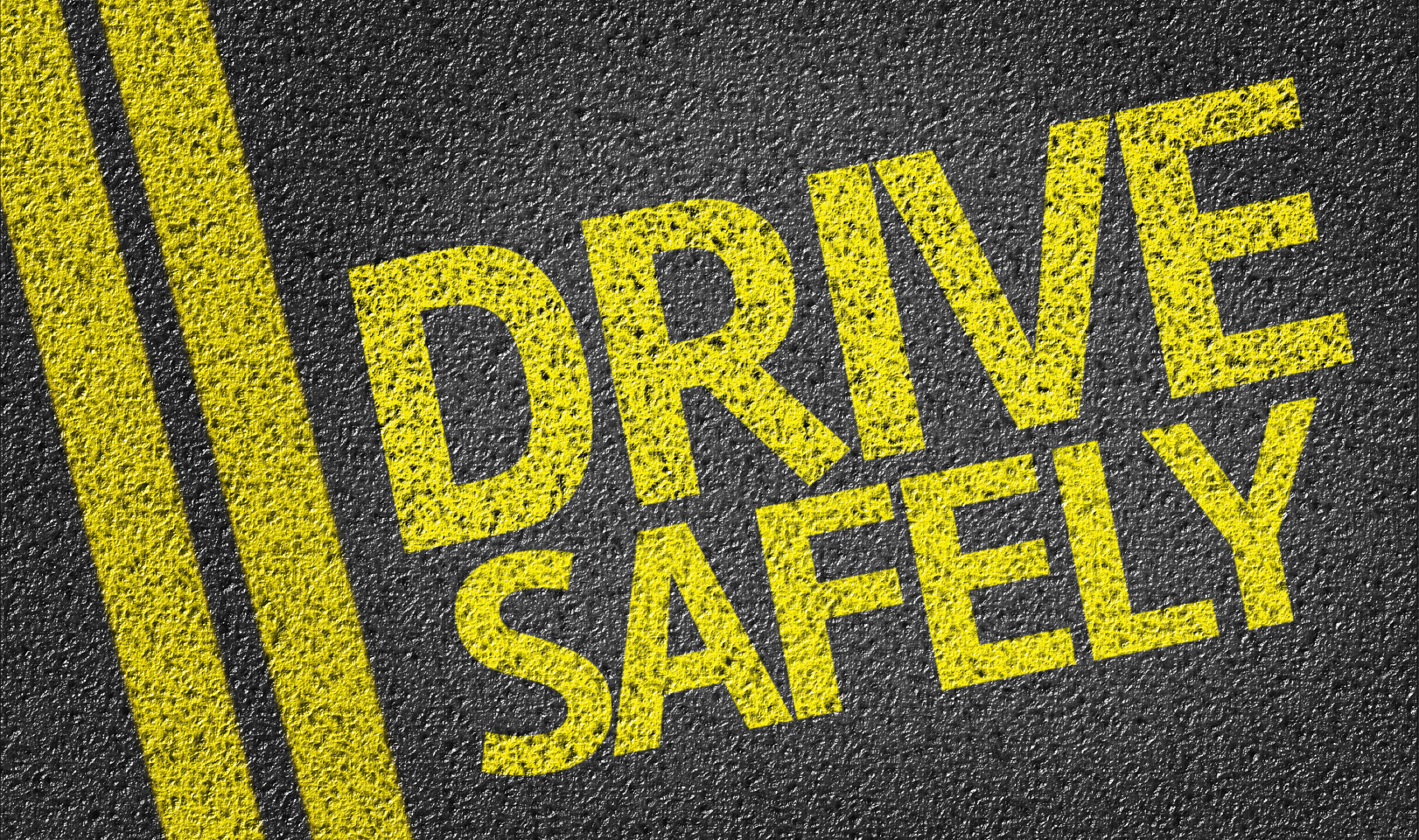Local Regulations for Tire Tread Depth in St. Phillips: What You Need to Know
Understanding Tire Tread Depth Regulations in St. Phillips
Driving safely is a top priority for everyone, and ensuring your vehicle's tires meet local regulations is a crucial part of this. In St. Phillips, tire tread depth is not just about safety but also about adhering to the law. Understanding these regulations can help you maintain compliance and ensure your safety on the road.
Tire tread depth refers to the measurement from the deepest part of the tire tread to the top. It plays a significant role in maintaining traction, especially in adverse weather conditions such as rain or snow. In St. Phillips, the legal minimum tread depth is an important regulation every driver must follow.

Legal Requirements for Tire Tread Depth
The legal minimum tread depth for tires in St. Phillips is 1.6 millimeters (approximately 2/32 of an inch). This regulation aims to ensure that all vehicles have sufficient traction on the road, reducing the risk of accidents due to tire failure or poor grip.
Regularly checking your tire tread depth is not only a legal requirement but also a good practice for maintaining vehicle safety. The simplest way to check this is by using a tread depth gauge or by conducting the penny test: insert a penny into the tread with Lincoln's head upside down. If you can see the top of Lincoln's head, it's time to replace your tires.
Consequences of Non-Compliance
Failing to comply with tire tread depth regulations in St. Phillips can result in fines and penalties. More importantly, driving with insufficient tread depth increases the risk of tire blowouts and accidents, especially during wet conditions where hydroplaning is more likely.

Local law enforcement agencies regularly conduct checks to ensure vehicles meet these safety standards. Consistent non-compliance can lead to more severe consequences, such as vehicle impoundment or suspension of driving privileges.
How to Maintain Proper Tread Depth
Maintaining proper tread depth requires regular inspections and timely replacement of tires. Here are some tips to help you stay compliant:
- Conduct monthly visual inspections of your tires for visible wear and damage.
- Rotate your tires every 5,000 to 8,000 miles to ensure even wear.
- Balance your tires during each rotation to prevent uneven wear patterns.
- Ensure your tires are properly inflated as per the manufacturer's recommendations.

Choosing the Right Tires
When it comes time to replace your tires, choosing the right ones for your vehicle and driving conditions is essential. Consider factors such as weather conditions in St. Phillips, driving habits, and the type of vehicle you own when selecting new tires.
Consulting with a professional at a local tire shop can provide valuable insights into which tires offer the best performance and longevity for your specific needs. Investing in quality tires can save you money in the long run by reducing the frequency of replacements and improving fuel efficiency.
Conclusion
Staying informed about local regulations on tire tread depth in St. Phillips is vital for both legal compliance and road safety. Regular maintenance and timely replacements not only help you avoid penalties but also ensure that you and others on the road remain safe. Remember to check your tread depth regularly and consult professionals when in doubt about tire replacements.
